
This series of videos spotlights a very powerful API that lets you use Python while also having access to the power of SAS Deep Learning.

This series of videos spotlights a very powerful API that lets you use Python while also having access to the power of SAS Deep Learning.
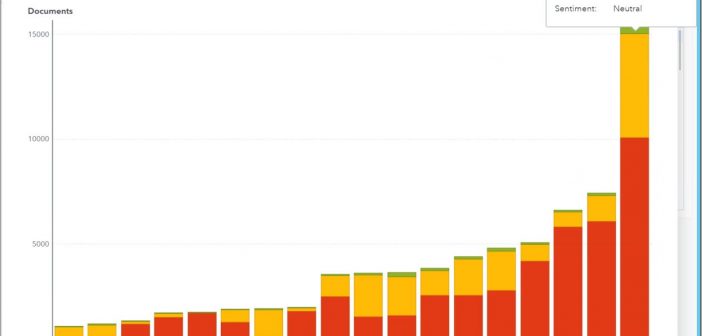
In this blog, I use data from the U. S. Department of State Trafficking in Persons (TIP) reports for the years 2013-2017 to accomplish these objectives: 1) To determine what are the main themes in TIP reports, and 2) to show how to work with ASTORE code to deploy models using SAS Viya 3.4 Visual Text Analytics 8.4.
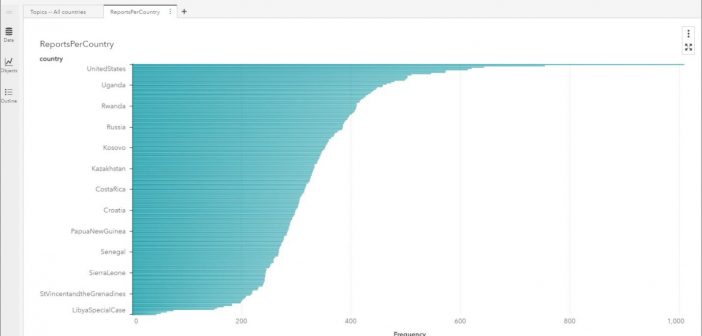
The machine learning autogenerated concept and fact rules in VTA 8.4 facilitate the process of developing LITI rules to extract and find information in text documents. There are many important problems where the use of Text Analytics provides valuable insights such as with Human Trafficking.
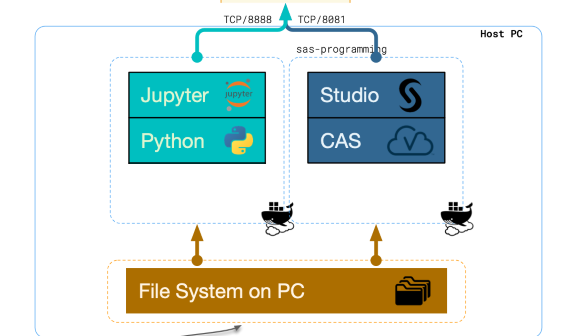
A simple example of how you can combine SAS and open-source technologies to solve real business issues.

Neural networks, particularly convolutional neural networks, have become more and more popular in the field of computer vision. What are convolutional neural networks and what are they used for?
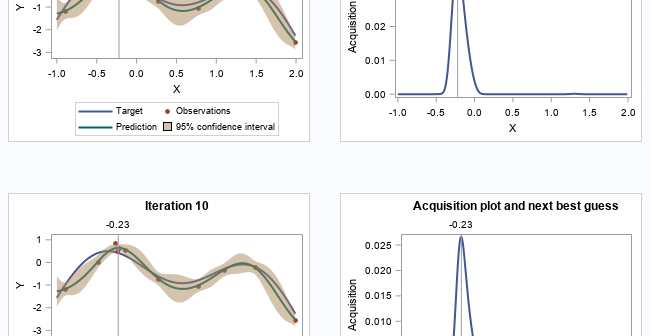
Learn how Bayesian optimization works through a simple demo.
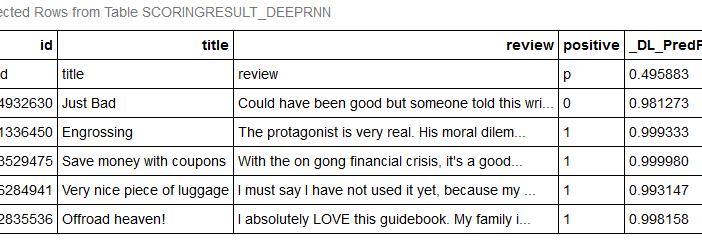
In this blog, I use a Recurrent Neural Network (RNN) to predict whether opinions for a given review will be positive or negative. This prediction is treated as a text classification example. The Sentiment Classification Model is trained using deepRNN algorithms and the resulting model is used to predict if new reviews are positive or negative.

Customer risk rating models play a crucial role in complying with the Know Your Customer (KYC) and Customer Due Diligence (CDD) requirements, which are designed to assess customer risk and prevent fraud. Today, the most common form of the Customer Risk Rating model is a score-based risk rating model. This

Computer vision is one of the most sought-after artificial intelligence (AI) applications today, finding a wide variety of use cases in image recognition, object detection, biomedical assessment, and more. SAS supports a diverse set of AI and deep learning capabilities that can be used in many of these applications. One
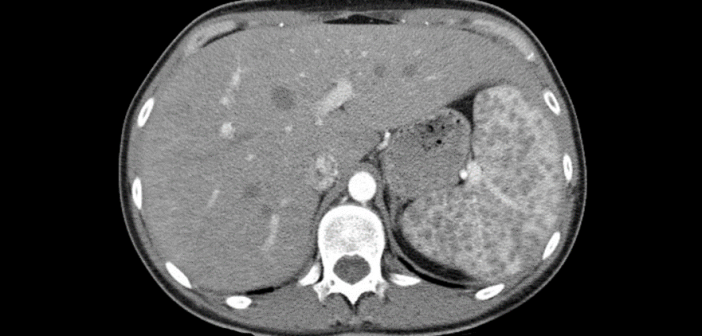
This is the fifth and final post in my series of posts about the deep learning model I developed to detect tumors in 3D CT scans of livers. My last post talked about visualizing the results of the computer vision project. This post will cover model accuracy and the final